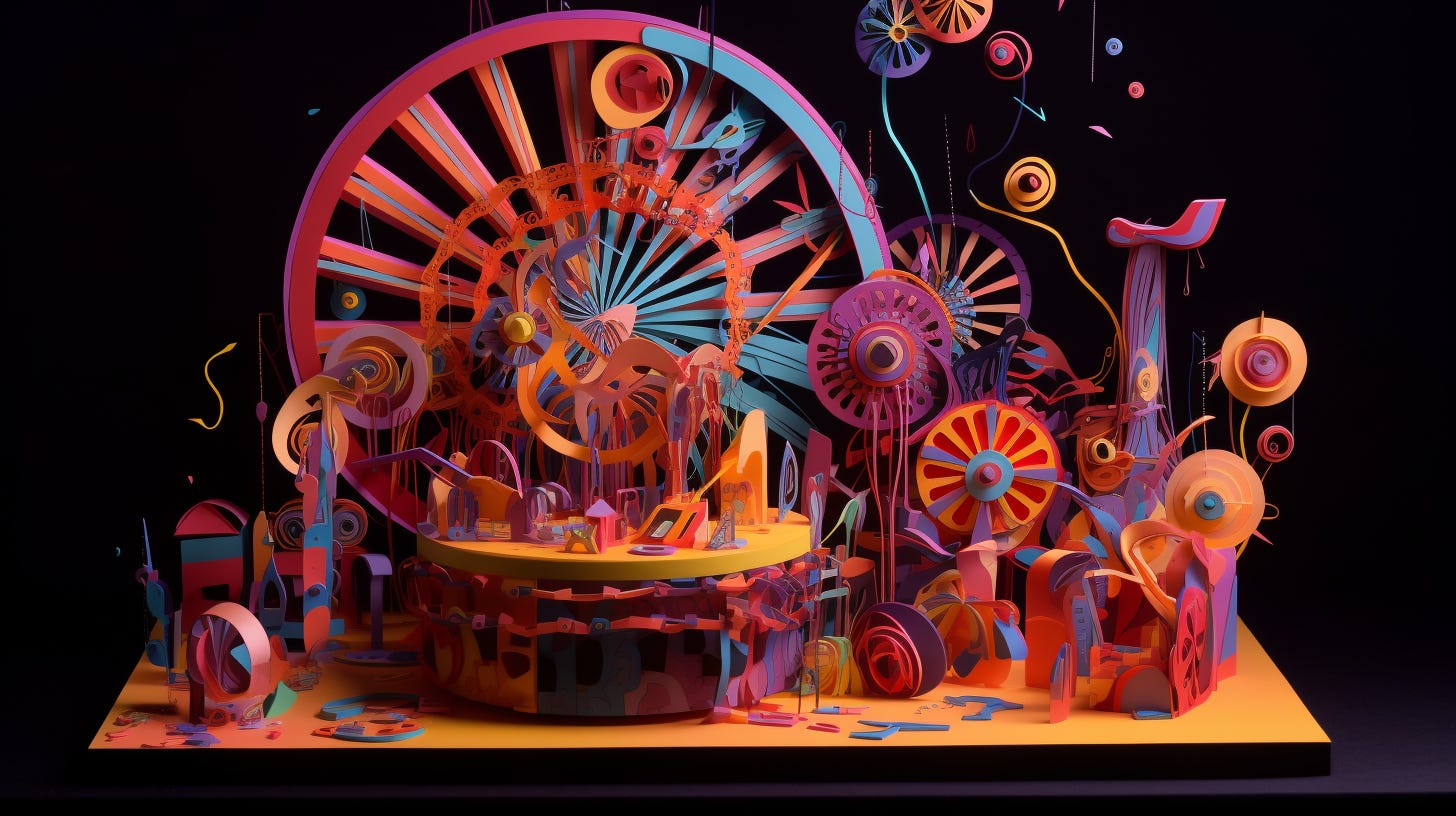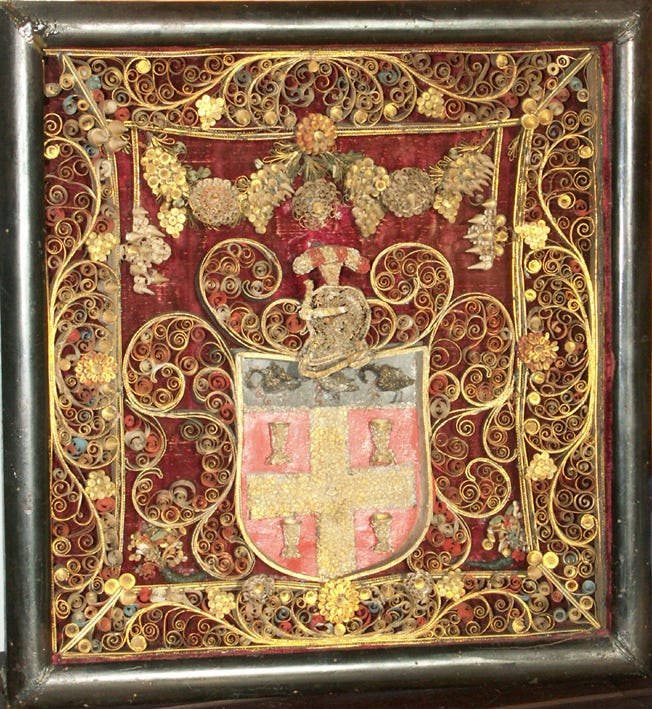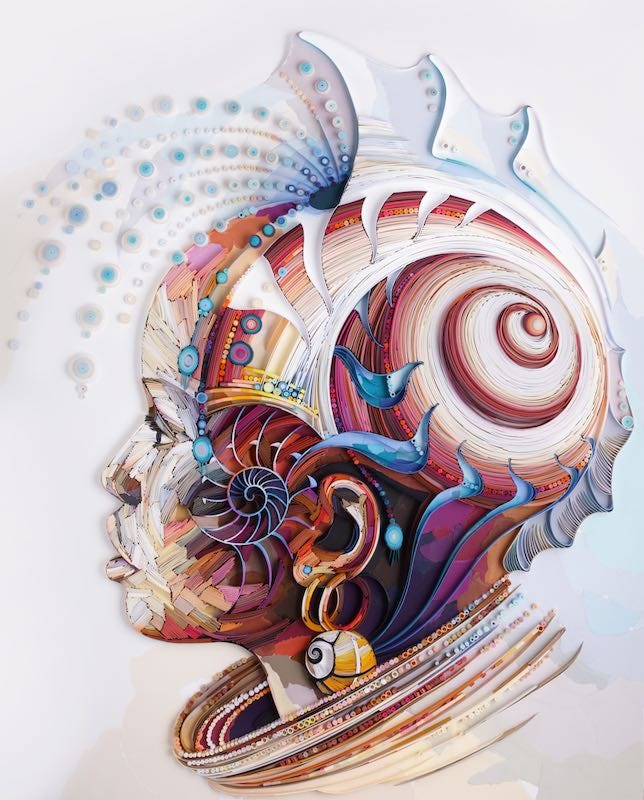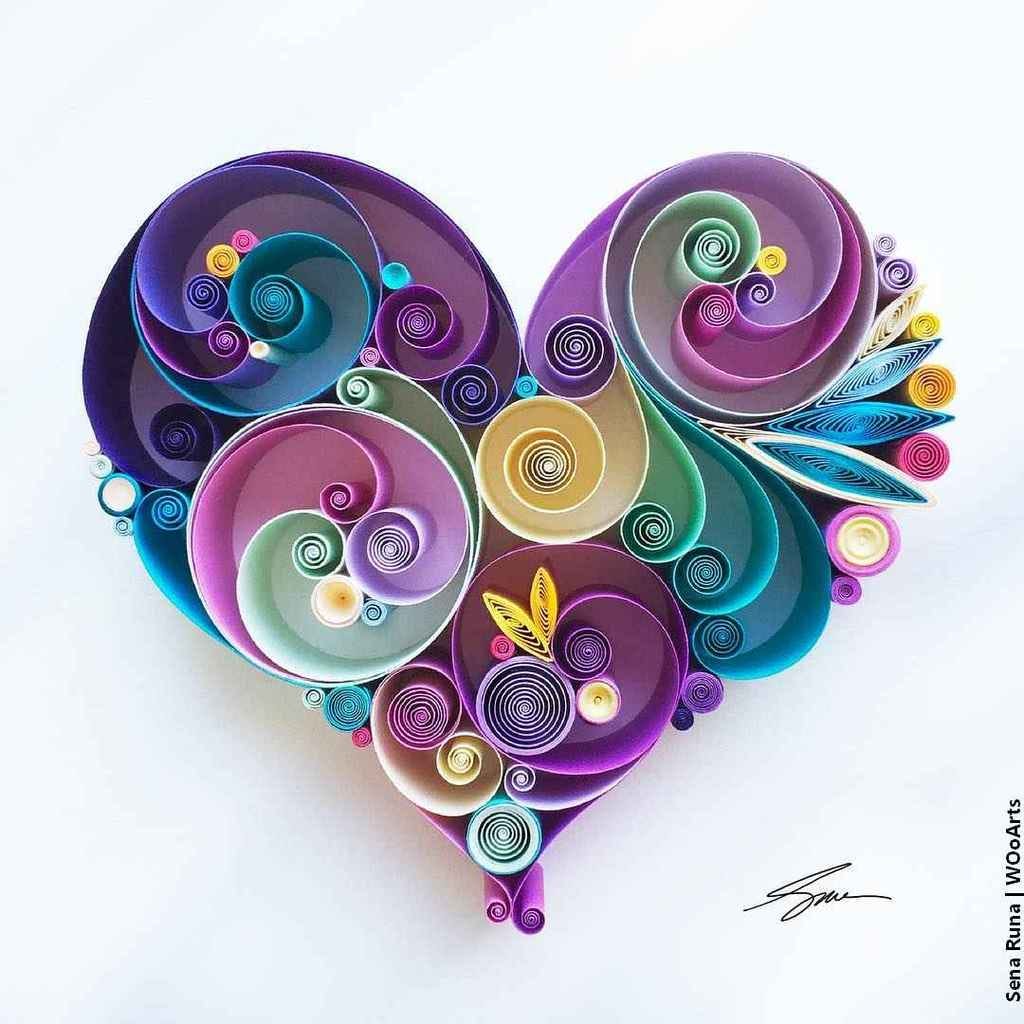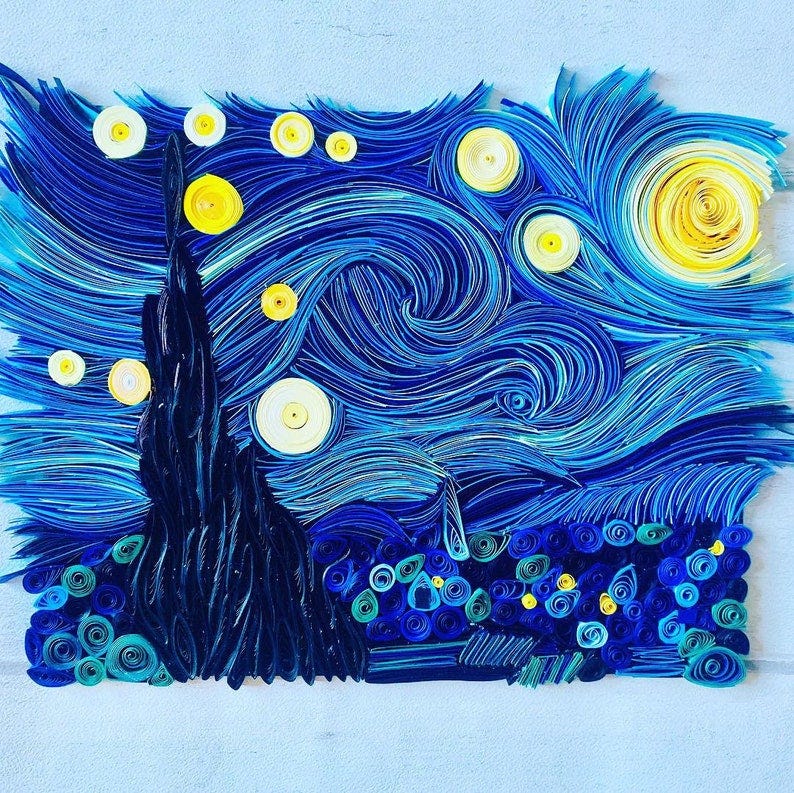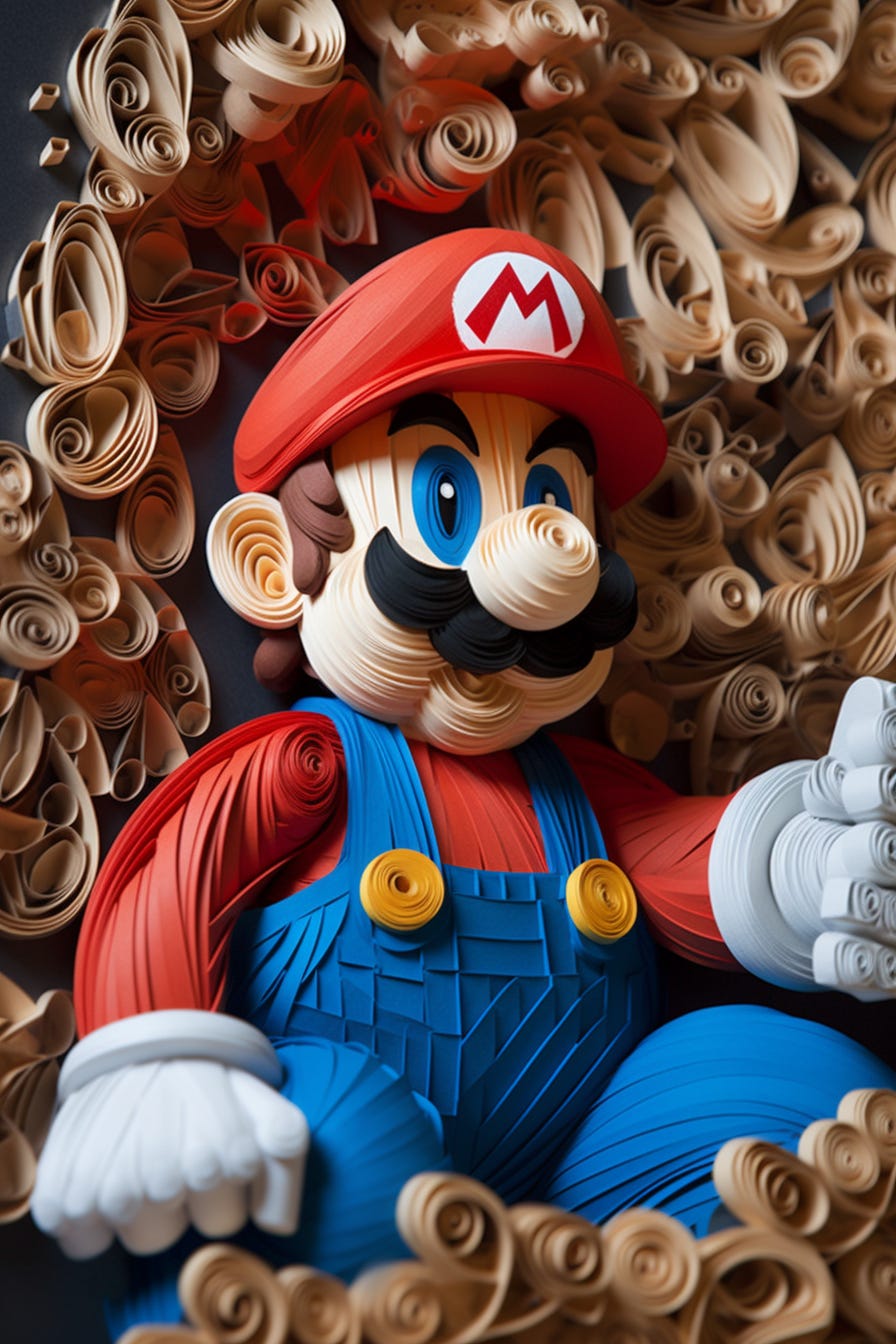The Mesmerizing World of Paper Quilling: A New Apprentice's Journey into AI and An Ancient Art Form
As a recent entrant into the enchanting realm of AI and art, I've found myself captivated by an ancient art form that has left me in awe: paper quilling. I feel compelled to share the wonder of this extraordinary technique that has captured my heart and imagination.
https://twitter.com/chetbff/status/1651751835915485185
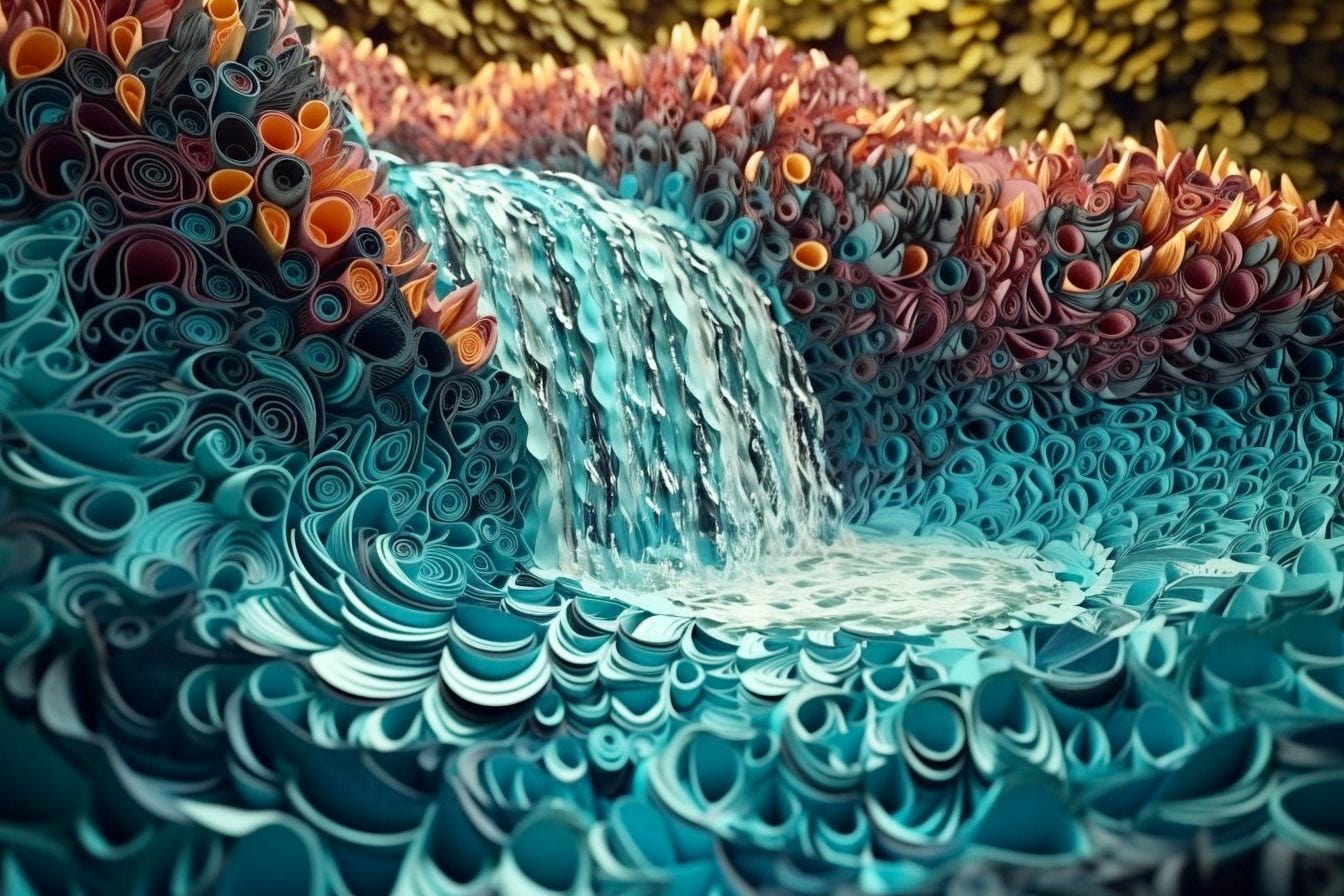
In this post, I will delve into the process, origins, key artists, and history of paper quilling, while also exploring the potential influence of AI on this fascinating art form. I'll be expressing my own discoveries and creations.
Origins: A World of Whimsy and Intricacy
In my exploration of paper quilling, I've learned that its origins can be traced back to the Renaissance, when nuns and monks would use strips of paper from the edges of books to create intricate religious artworks. As I delved deeper, I discovered that this delicate art form eventually spread throughout Europe and found a new life in the Victorian era, when ladies of leisure embraced the medium to create elaborate decorations for their homes.
The Process: Unraveling the Magic
Paper quilling, as I've come to understand, is a form of art that involves rolling, shaping, and gluing thin strips of paper to create mesmerizing designs. The process begins with selecting the appropriate paper, which can vary in thickness and color, and cutting it into long, narrow strips. These strips are then rolled into various shapes, such as tight coils, loose spirals, or teardrops, using a special quilling tool or even just one's fingers. The resulting shapes are then arranged and glued onto a surface to form intricate patterns and images. The level of detail that can be achieved through this method is truly astounding, and it is this very aspect that has left me so deeply enamored with the art form.
Key Artists: Masters of the Paper Realm
As I've ventured further into the world of paper quilling, I've encountered several key artists whose works have left me in awe. Among them are Yulia Brodskaya, Sena Runa, and Neli Quilling. Brodskaya, a Russian-born artist now based in the UK, creates stunning, three-dimensional illustrations and portraits using paper quilling. The expressive nature of her work and her innovative use of color and form have made her a prominent figure in the contemporary art world.
Turkish artist Sena Runa, on the other hand, is known for her vibrant and whimsical quilled creations. From animals and plants to abstract designs, her work is infused with a sense of playfulness and joy that I find utterly infectious.
Finally, Neli Quilling, hailing from Bulgaria, is celebrated for her intricate quilled designs inspired by nature, traditional motifs, and everyday life. Her work showcases an incredible level of detail and precision that I find both humbling and inspiring.
The AI Connection: A World of Infinite Possibilities
As I continue my journey into the world of AI and art, I cannot help but marvel at the potential synergies between these two realms. While some might argue that the use of AI in creating art might feel like cheating, I believe that the inspirations and influences are very real and can lead to exciting new developments in the world of paper quilling.
For instance, AI algorithms can analyze patterns and structures found in traditional quilling designs and generate novel combinations or variations that a human artist may not have considered. Additionally, AI can be used to study the works of the masters, learning their techniques and styles, and potentially generating unique interpretations that can expand the horizons of the art form. By employing AI as a tool for creative exploration, we can push the boundaries of paper quilling in ways that were previously unimaginable.
As I researched the potential of AI in the realm of paper quilling, I encountered the work of Janelle Shane, a research scientist who has experimented with the use of AI-generated art prompts. This is a fun read. Highly recommended.
In the end, whether one views the use of AI in art as a form of cheating or as a valuable tool for creative exploration, there is no denying the profound impact that the meeting of these two worlds can have on our understanding and appreciation of art. As an apprentice in the world of AI and paper quilling, I am eager to bear witness to the incredible possibilities that lie at the intersection of these two domains and to share my discoveries with you, my fellow seekers of beauty and truth.
Here are my works:
